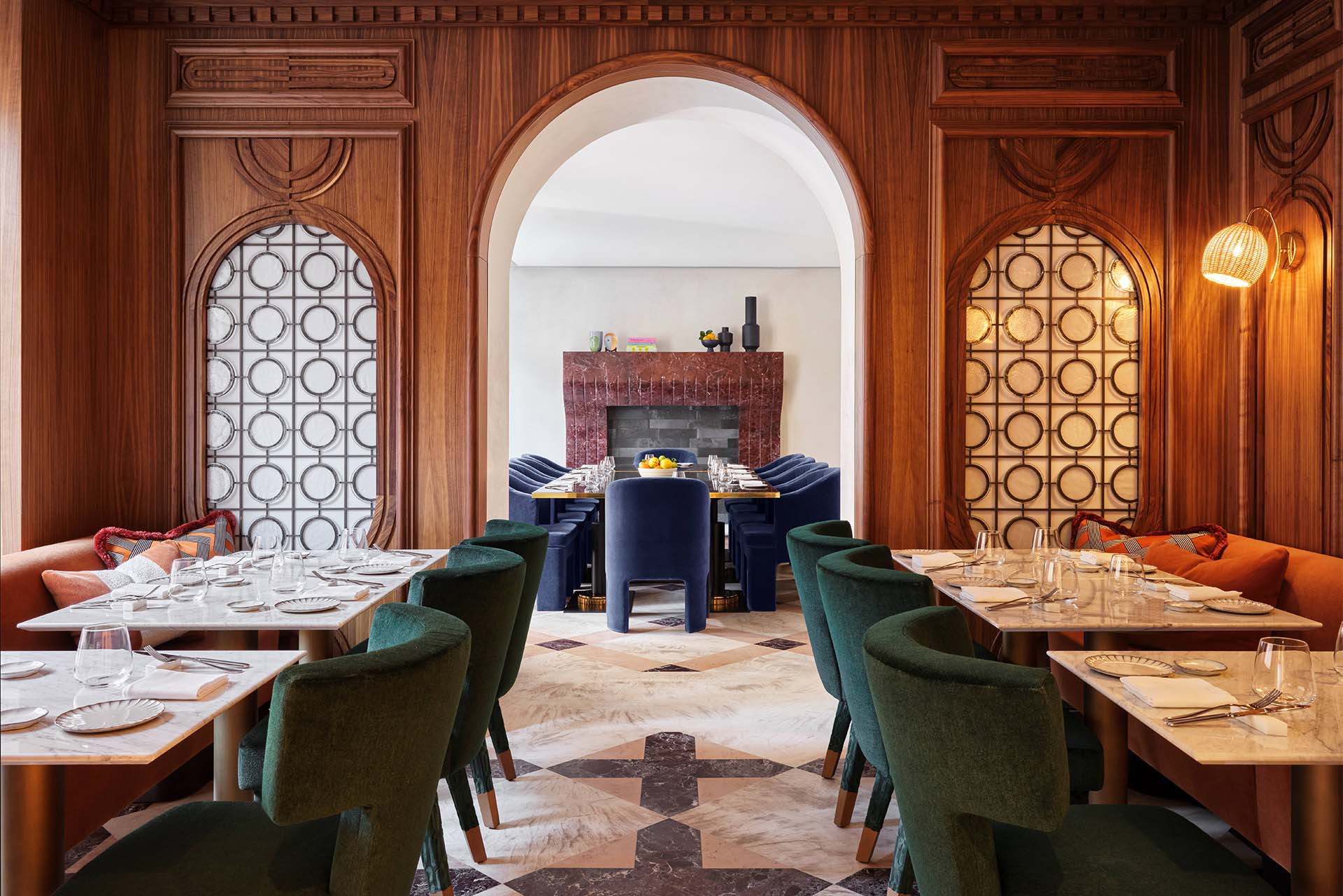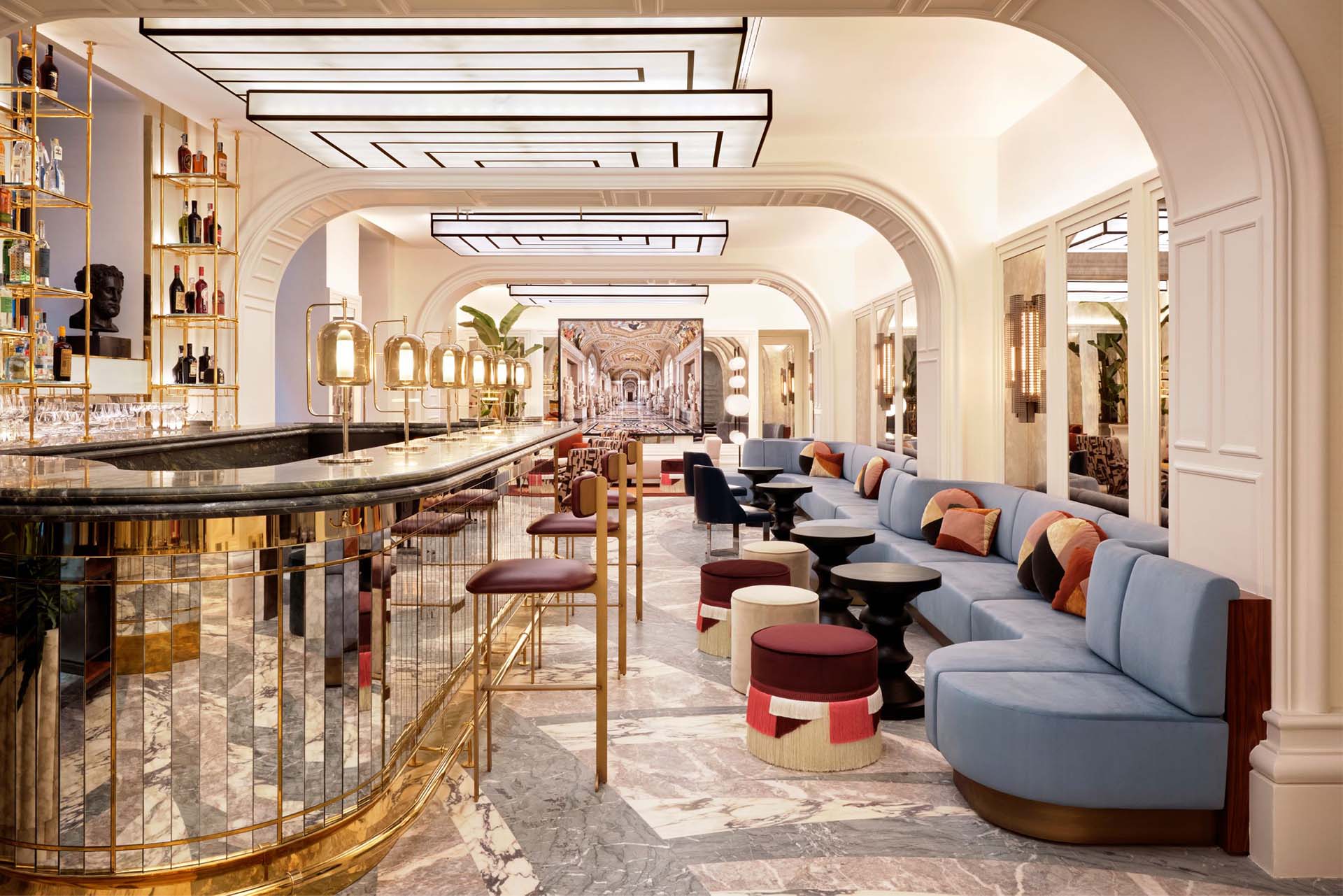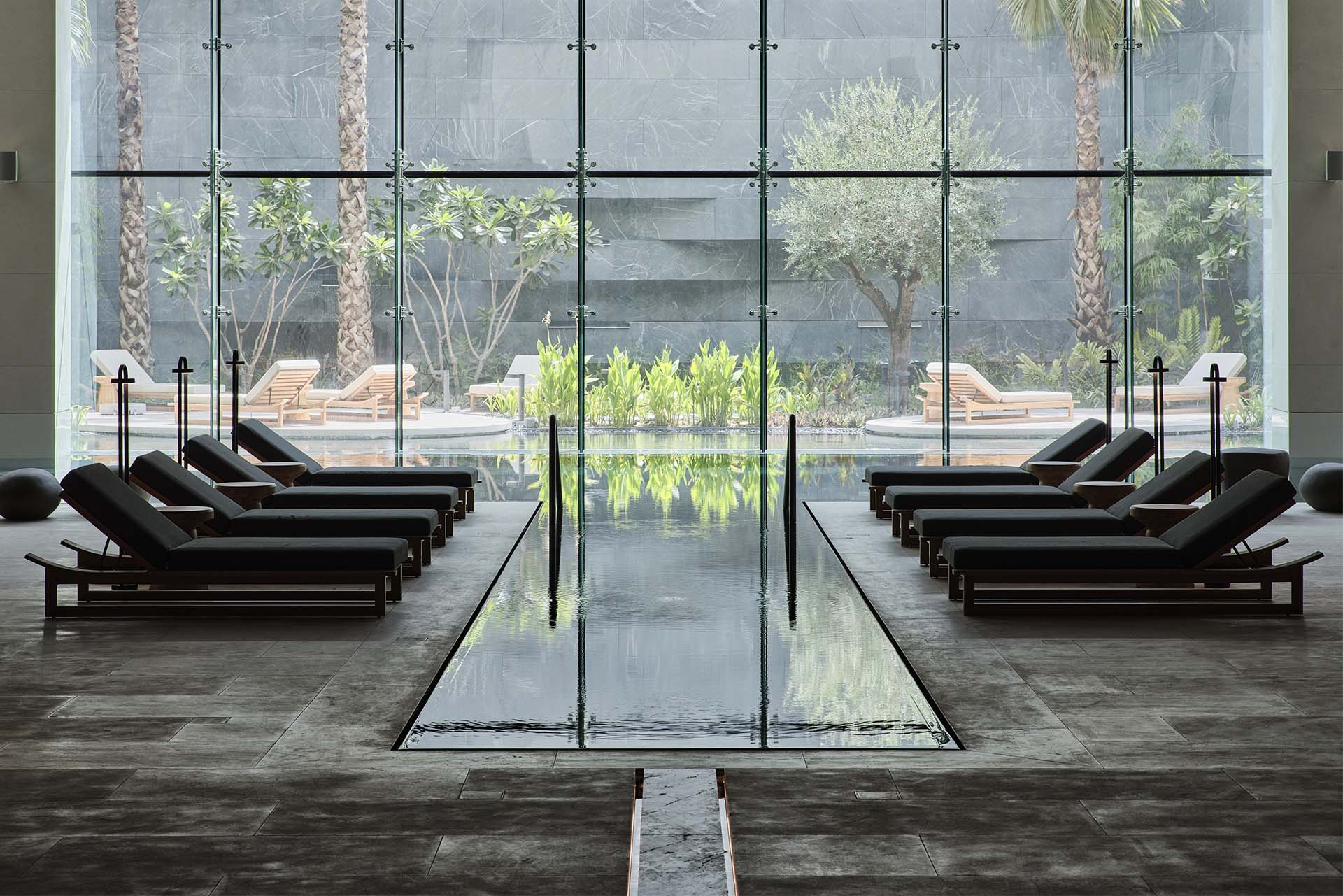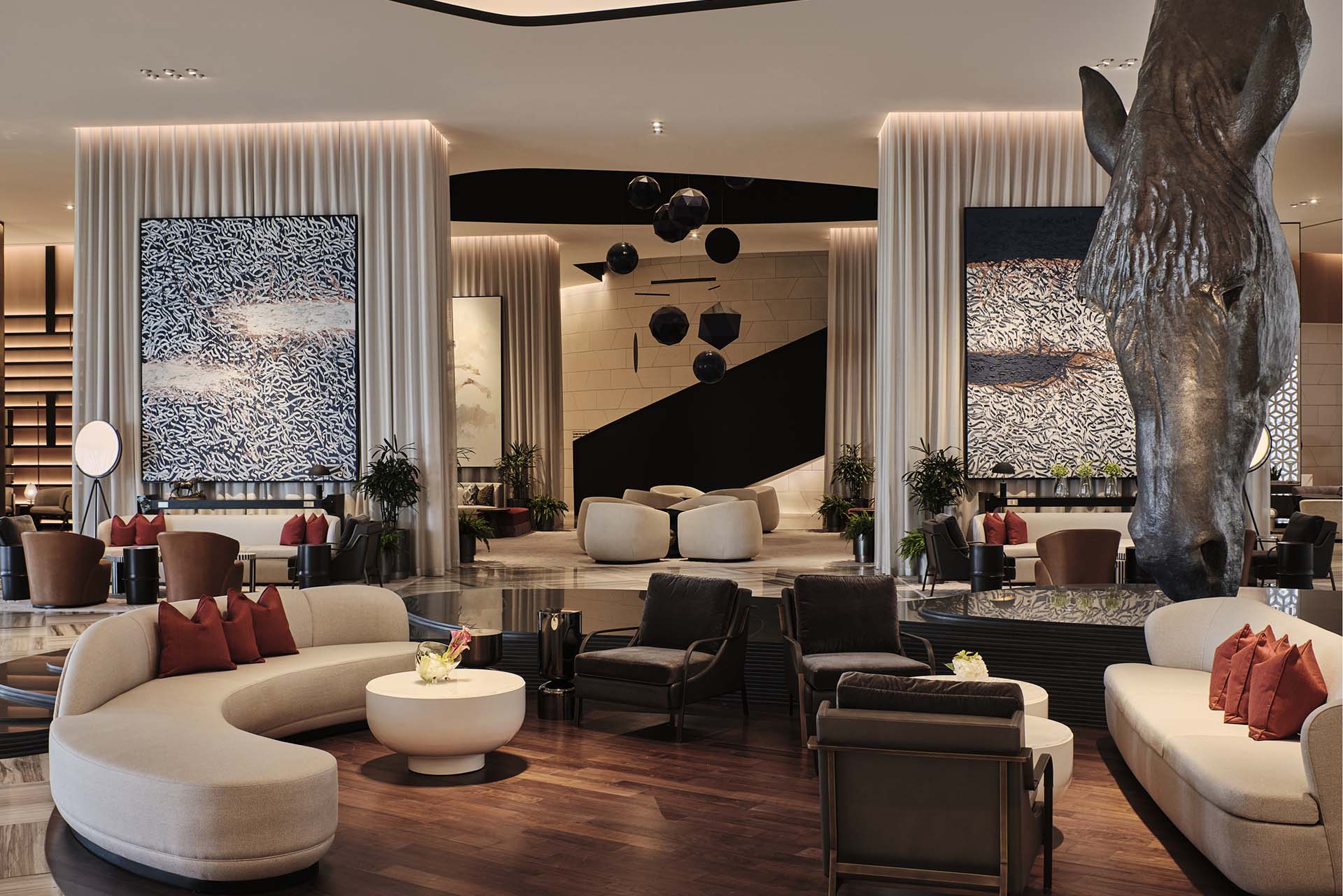

| CANVAS OF PLANS & DRAWINGS |
INTERIOR & DÉCOR, but with a twist |
| HOTELS & RESTAURANTS, beyond mainstream |
Notes on ART |
| Into big AFFAIRS | INSIDERS |
| GLIMPSES | |
Keywords:
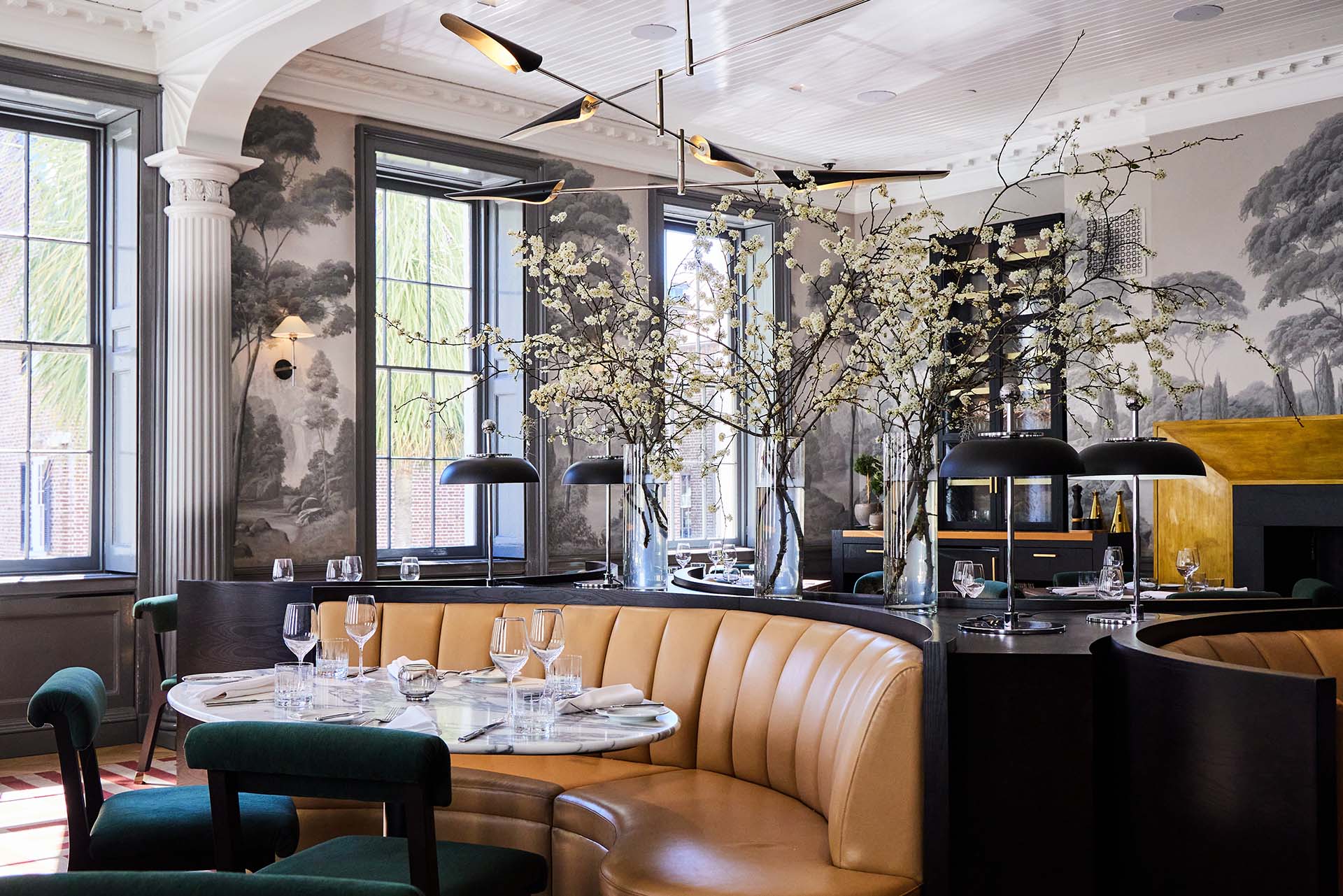
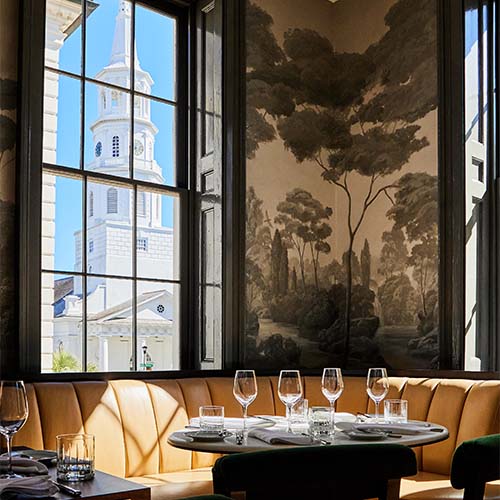
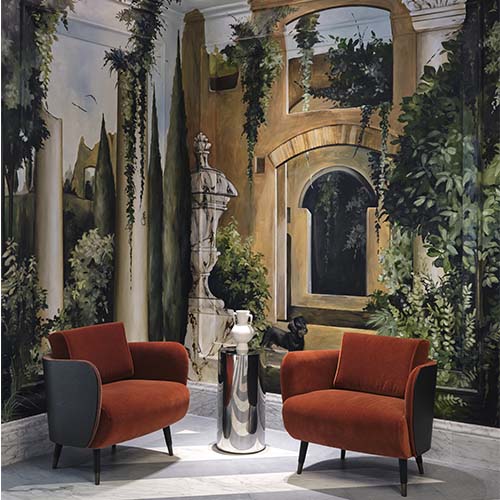
I believe that today the word “high-end” has a meaning that goes beyond the use of luxury materials, fine finishes and peculiar furniture. High-end means that there is a thought consisting of layers of intention, which is aware of sophistication but also of refinement. It is not simply about "more is more". It is about making sure that there is intentionality behind every element. Therefore, in a high-end project, design, architecture, landscape, culture and natural context come together.
This is a quote that expresses our way of designing. Each of our projects is not designed by a single person, but by a team of people who collaborate side by side. We are mostly defined as interior designers, and yet our customers often ask us to work also on external architecture. And in these cases what matters is the best idea. It is not about ego or property. Whether an architect has an intuition for interior design or vice versa, it is all about whoever of the team has the best idea. The common goal is always the successful project.
